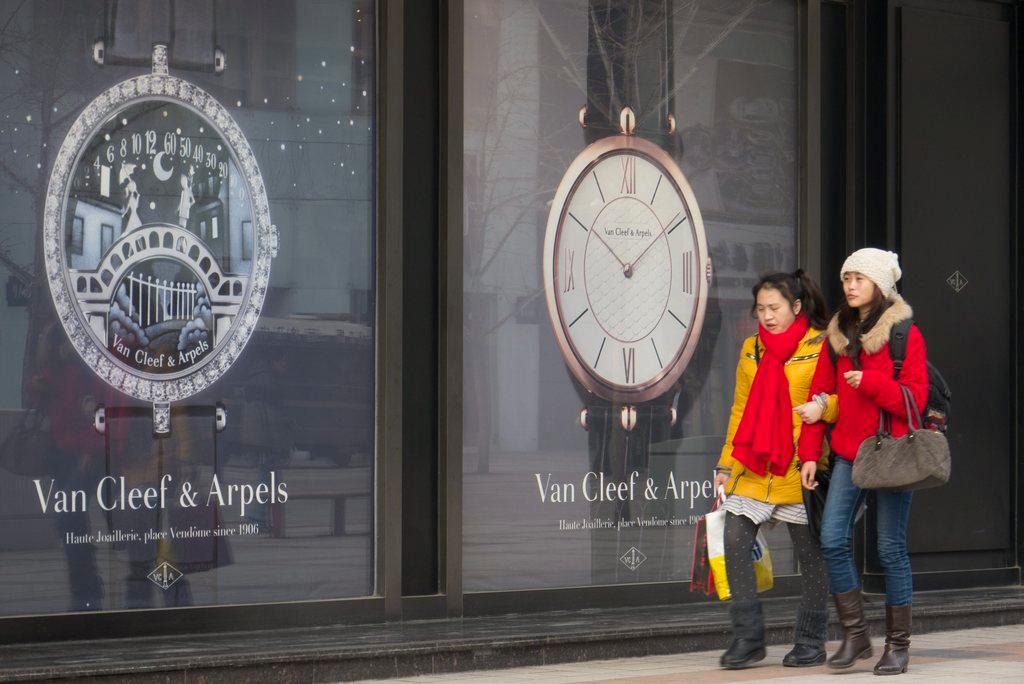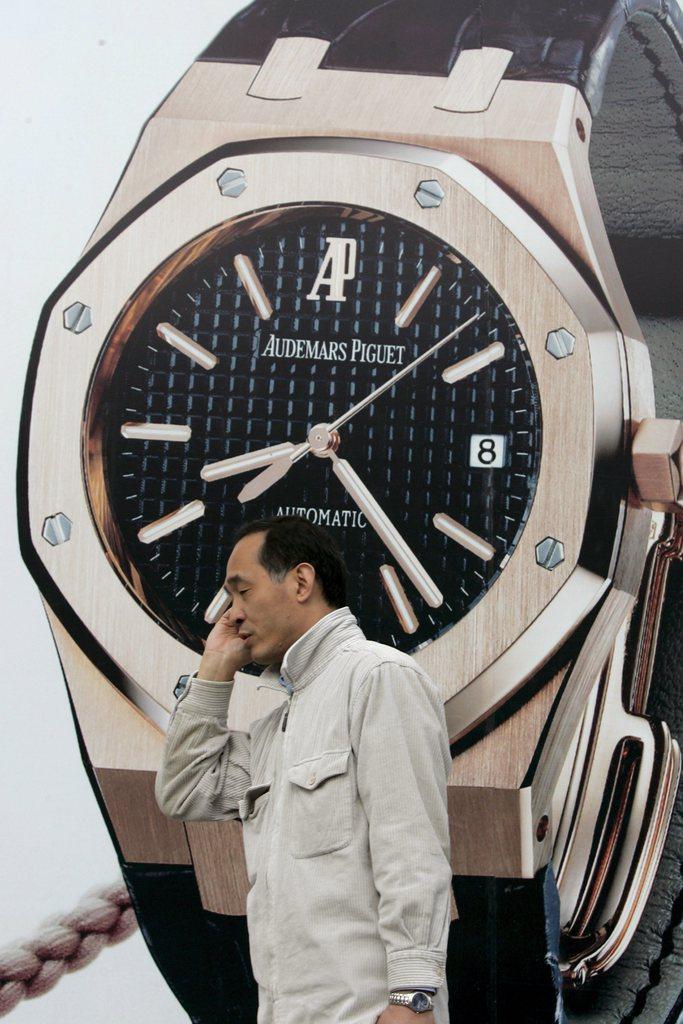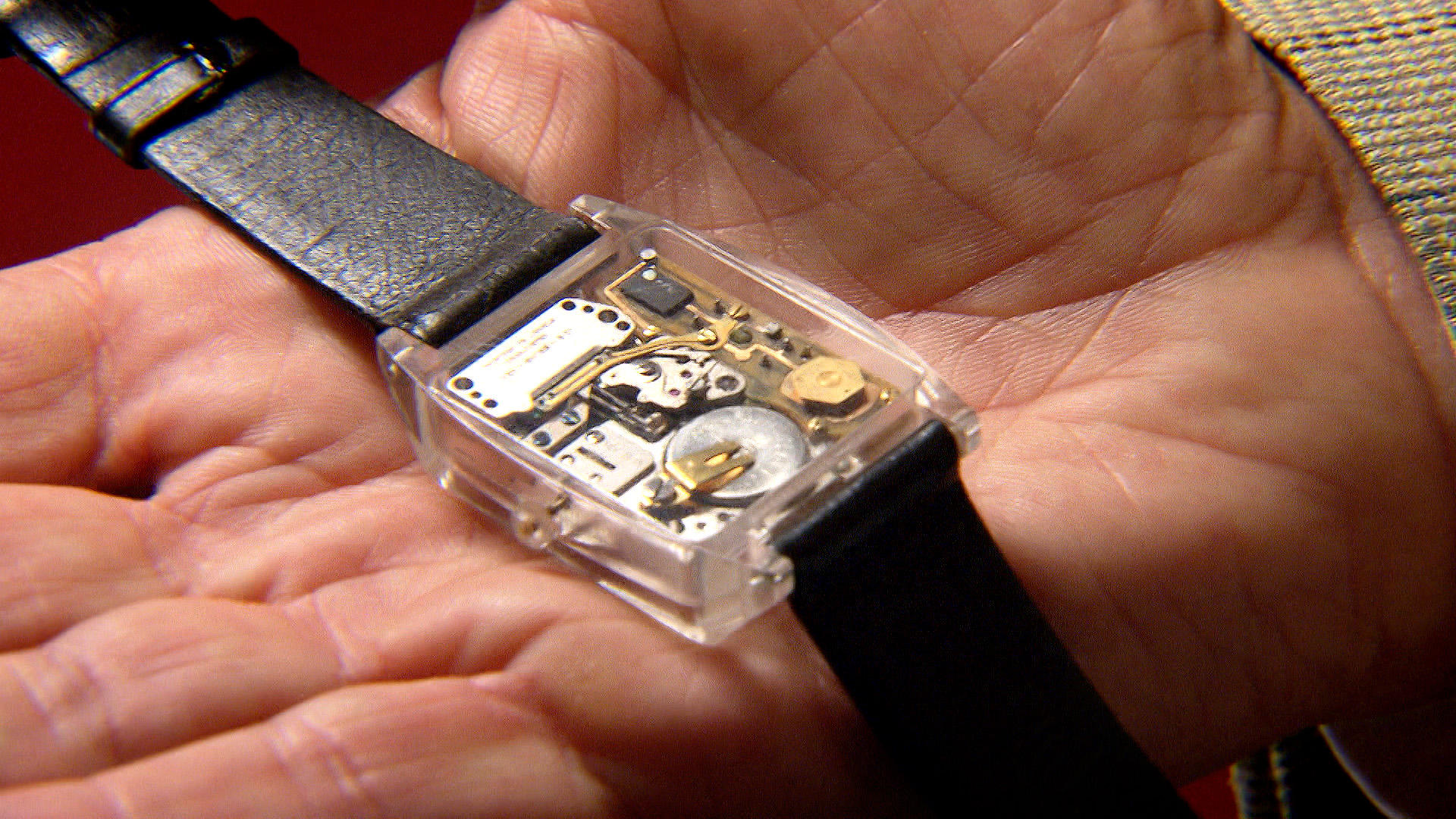Swiss franc’s fall buoys embattled watchmakers

For Swiss watchmakers, the timing has been perfect. Just when support was needed for a nascent recovery in the watches and jewellery sector, it arrived - in the form of a weaker Swiss franc.
The currency’s recent depreciation – from 1.08 against the euro in mid-June to 1.14 at the end of August – has boosted hopes that sales of Swiss-made timepieces will catch up with the broader recovery in the global luxury goods industry.
“The franc’s weakness has been only against the euro – so it’s a Europe story,” says René Weber, analyst at private bank Vontobel in Zurich. “But Europe is an important market, accounting for about a third of Swiss watch exports, and the weaker currency will boost profit margins.”
Signs of a turnaround in luxury watches have gathered since earlier this year. Always among the most optimistic in the sector, Nick Hayek, chief executive of the Swatch Group, told the Financial Times in July that his factories were running at “maximum capacity”, with the “most aggressive growth” in the group’s high-end luxury brands such as Omega and Blancpain.
Swiss rival Richemont, the group behind brands such as Cartier and Montblanc, has remained cautious. Johann Rupert, the group’s wealthy founder, said in May that “volatility and uncertainty” were “likely to prevail”.

More
Financial Times
External linkBut figures published by the Federation of the Swiss Watch Industry showed exports increased year-on-year for a third consecutive month in July, when they were 3.6 per cent higher than in July 2016.
The highlight this year has been the strong improvement in exports to mainland China – which were 22 per cent higher in seven months to July than a year earlier. That has reinforced the view among analysts that Chinese consumer spending will determine long-term growth trends in the sector.
In contrast, the US has remained a difficult market – exports there were down 4.8 per cent over the same period, probably reflecting the impact of smartwatches, especially on sales of lower-end mechanical timepieces. A weaker Swiss franc should give further support to a turnaround, following sharp falls in sales in recent years.
On top of sluggish global economic growth, a glut of unsold stock in Hong Kong shops and a clampdown on Chinese “gifting”, Switzerland’s watchmakers have in the past few years suffered from the country’s role as a haven for investors at times of financial turmoil.
In January 2015, the Swiss National Bank gave up trying to cap the franc’s value against the euro. The currency’s sudden appreciation against the euro and dollar made Swiss watches much more expensive to produce and buy. Back then, Hayek warned the SNB’s action had created “a tsunami for the export industry”.
The Swiss franc weakened a little subsequently, but remained a significant drag on sales. Since July, however, the currency’s decline against the euro has accelerated, falling to levels not seen since January 2015. The reason is mounting expectations that the European Central Bank will soon start withdrawing its exceptional stimulus measures to boost eurozone economic growth and ward off deflation threats.
As the euro strengthens, the price of Swiss watches should become more attractive to consumers in other countries. Some 69 per cent of exported Swiss watches are paid for in francs, according to calculations by Credit Suisse, based on 2015 data.
Still, Swiss watchmakers remain cautious. The process of European monetary policy “normalisation” is likely to be slow. Even at the current rate, the Swiss franc “remains clearly and strongly overvalued, at a totally exaggerated level”, a Swatch Group spokesman says.
While the franc’s weakness against the euro was good news for Swatch and Richemont, given much of their fixed cost base was priced in francs, “it remains well above historical levels, in particular levels seen during the watch industry boom of 2003 to 2007,” says Thomas Chauvet, analyst at Citigroup.
Chauvet adds: “As far as the US dollar is concerned, which is particularly relevant to Hong Kong and Asian markets, it has actually depreciated against the Swiss franc year-to-date and is back to year-ago levels.” Swiss watch sales are less responsive to currency movements than other products – they are sold on quality rather than price.
What could be more significant in driving sales growth is the spending power of Chinese consumers. Growth of nearly 10 per cent in arrivals of Chinese tourists in Switzerland so far this year was “more important” than the franc’s weakness, says Weber.
“Maybe four or five years ago, they would buy four or five watches. Nowadays, because of border controls, they buy only one, which they wear on their wrist – but a year ago, Chinese tourist arrivals were down sharply.”
Copyright The Financial Times Limited 2017

In compliance with the JTI standards
More: SWI swissinfo.ch certified by the Journalism Trust Initiative











You can find an overview of ongoing debates with our journalists here . Please join us!
If you want to start a conversation about a topic raised in this article or want to report factual errors, email us at english@swissinfo.ch.